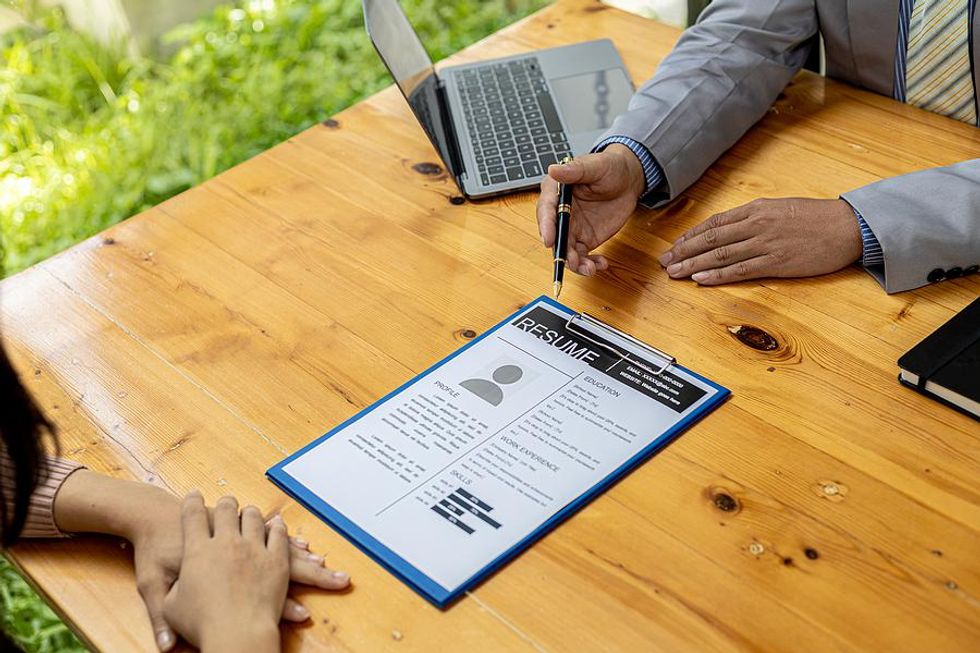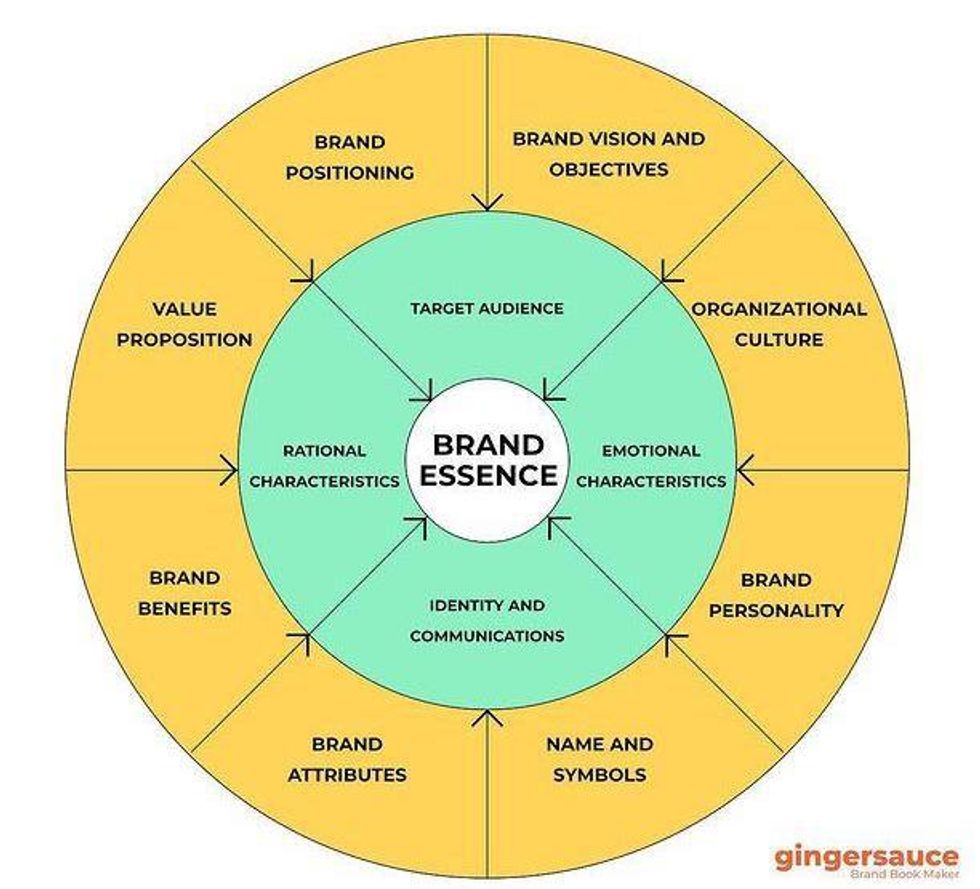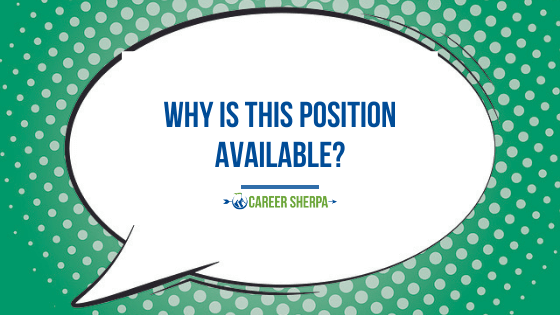3 Most Important Things To Do In A Job Interview

A job interview can be a nerve-wracking experience, especially when you have been removed from the job market for an extended period of time. It is one thing to sell on paper with the resume and another thing to sell in person at the interview.
Regardless of whether you have been out of a job for an extended period of time, are looking to change careers, or are still employed and seeking a better opportunity, the key to conducting a job interview successfully is a result of a number of factors, and being aware of these factor plays a major role in how to prepare for an interview.
One of the more defining factors is the relationship you establish. People hire people they like. Even if one candidate is more qualified and experienced than another, without a good relationship there is a minimal chance of securing the job.
The same goes for referrals. When you are referred by an existing employee, your chances are much stronger than a candidate who applied simply as a result of finding the opportunity through a job posting.
So the question becomes this: how do you develop a strong enough relationship from a job interview to strengthen and lock in your chances at a job offer? Here are some things to keep in mind as you prepare for your job interview, and eventually go through with it.
Use Appropriate Body Language
What you don’t say matters just as much as what you do say. Your body language and facial expressions inform an employer how engaged you are in the conversation and how interested you are in the opportunity. Smile, exhibit confidence, and listen carefully so you respond appropriately and build on the conversation.
Seek More Information

Asking questions expresses to an employer that you are engaged in the conversation. Try to ask questions to probe for additional information. Research the company in your interview preparation and make a list of potential questions that you may want to ask.
In addition, while you’re in the interview, instead of simply addressing what’s asked of you, respond and follow up with a question of your own and turn the interview into a conversation. This expresses to the employer that you’re interested in learning more.
Demonstrate You Are Up For The Challenge

There are challenges with every job. What is important to an employer is that you are up for the challenge and that you have the ability to succeed. Once again, research information as you’re preparing for the interview by reviewing the company’s website and social media. You will have a better understanding of what challenges or changes the company has recently been through, and how they may impact the position you are interested in.
Ask related questions during the interview to find out more. This informs an employer that you have come well-prepared for the interview. You can also take the opportunity to relay how you have experienced similar situations in past jobs and explain how you dealt with them.
The more confident and comfortable you are with yourself in the interview, the easier it will be for the employer to develop a strong rapport and relationship with you. This is not to say you sit back and relax as though you are sitting in your own living room. Instead, the point is to be open to conversation and for it to be developed with ease.
Consider a candidate sitting stiff, head down, and who is brief in response to conversation and questions asked. It makes it difficult for them as well as the employer to try to establish good rapport and a relationship. Don’t let that be you!
We know how difficult it can be to feel confident in a job interview. If you’re struggling to perform well in job interviews, we can help.
We’d love it if you joined our FREE community. It’s a private, online platform where workers, just like you, are coming together to learn and grow into powerful Workplace Renegades. More importantly, we have tons of resources inside our community that can help you prepare for your next job interview.
It’s time to find work that makes you feel happy, satisfied, and fulfilled. Join our FREE community today to finally become an empowered business-of-one!
This article was originally published at an earlier date.








































